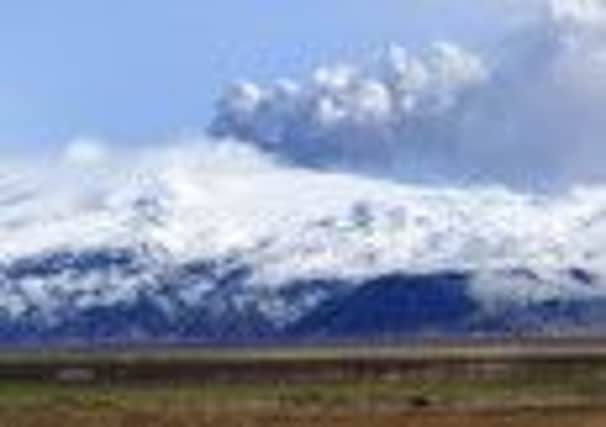UK scientists planning for next volcanic eruption


The plan will address impacts to health, travel and environment for Britain in the event of an eruption in Iceland similar to that of Laki, the Icelandic volcano which erupted in 1783 killing more than 10,000 people and creating a huge cloud of sulphuric acid droplets that hung over Europe for months and devastated crops and livestock.
In 2010 the Icelandic volcano Eyjafjallajökull erupted, causing a huge ash cloud that disrupted air travel for weeks afterwards. However, some volcanologists believe that a much bigger and more dangerous volcanic eruption could happen in Iceland in the near future. The Laki eruption was the second greatest eruption of the last 1,000 years. Eruptions on such a scale are believed to run on a 250-500 year cycle.
Advertisement
Hide AdAdvertisement
Hide AdDr Susan Loughlin, volcanology team leader at the British Geological Society in Edinburgh, which is heading the project, said: “This is a specific ongoing research project funded by several departments of the UK government to better understand a ‘Laki-type’ eruption and under what conditions sulphur dioxide, other gases and/or volcanic air pollution might be an issue at flight levels and at ground level across Europe,” she said.
“The project involves modelling the Laki eruption and investigation of the particular aspects of an eruption and meteorology that might lead to impacts. It involves the UK Met Office, Leeds University, the BGS, the Centre for Ecology and Hydrology in Edinburgh and others. Understanding risk is very much about collaboration across different disciplines – volcanology, meteorology, health, aviation, environment.”
The topic will be one of those discussed in Edinburgh tomorrow at the annual Volcanic and Magmatic Studies Group, which brings together around 200 of the world’s top volcanologists.
The difference between a “Laki-type” eruption, and one like Eyjafjallajökull is that it doesn’t come from the summit of a volcano, and therefore can cause more dangerous longterm problems.
“Instead it comes from fissures opening in the ground over distances of several kilometres,” said Loughlin. “During the Laki eruption in 1783, ten fissures opened in succession over several months. The fissures produce voluminous lava flows but also erupt explosively and huge quantities of volcanic gases are emitted into the atmosphere. Volcanic gases such as sulphur dioxide are modified in the atmosphere over time to sulphate particles which can cause air pollution and acid rain.”
Although many countries have plans in place in the event of a volcanic eruption, the UK did not address the issue until the eruption of Eyjafjallajökull.
One of the outcomes is that the UK National Risk Register now contains two volcanic risk scenarios.